Clues to Chrome OS lie within the browser
Google’s upcoming operating system is built very much on the foundations of its browser. Simon Brew investigates.
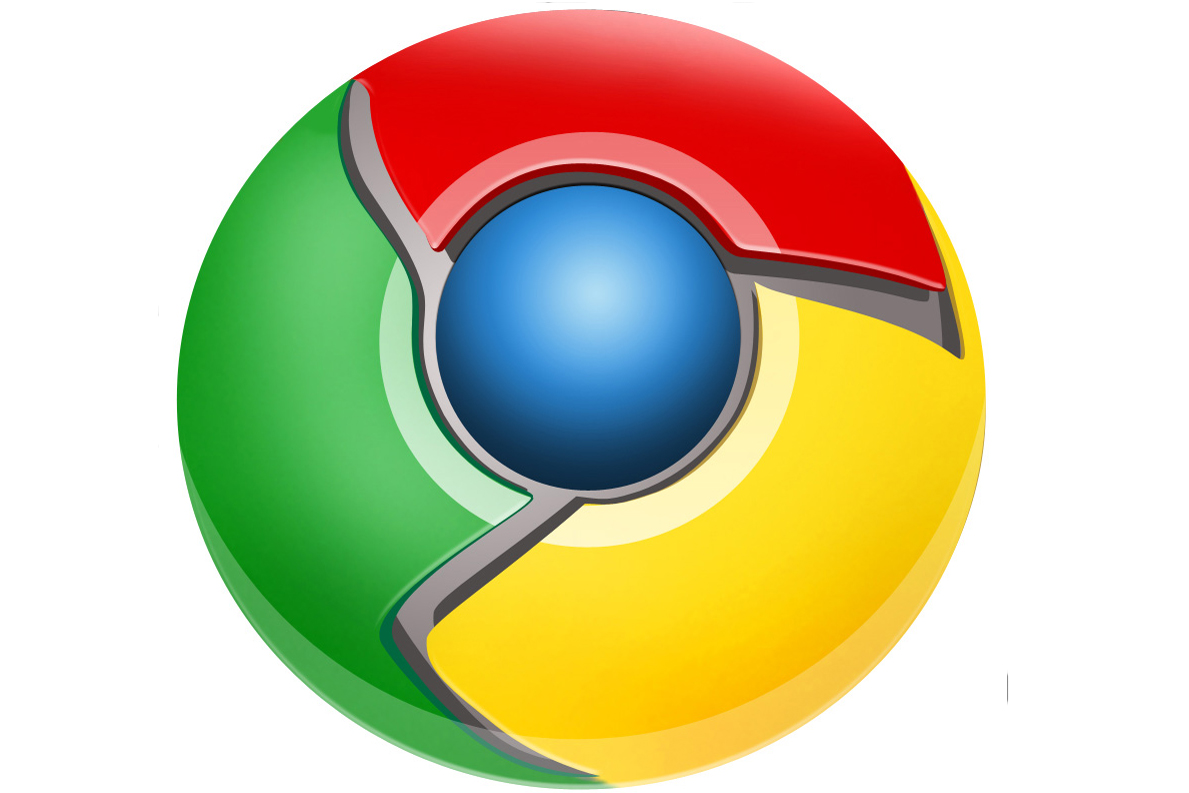
It wasn't instantly thought when Google launched its Chrome web browser that it would look to take the thinking that underpinned it and turn it into an assault of sorts on the operating system market.
But now that the covers have, to a limited degree, come off Chrome OS ahead of its full proper release at the end of next year, it's very clear that it's the same ethos and thinking that underpins the product.
Considering that Google's mantra of new product launches has been to launch them fast and early - just look at the years that Gmail spent in beta while the firm ironed out its problems - it's somewhat surprising that Chrome OS still has quite so much gestation time to go before we can get an officially compiled version to try out.
Granted, that's part and parcel of working with the open source community. You have to show your hand well in advance, but there's still a longer build up to Chrome OS than we're used to seeing from a Google product.
The clues
However, the clues to it are littered right through the web browser that's available right now. Let's do the most obvious first.
The very look of Chrome OS is pretty much a mirror of what you get with Chrome, after all, with Google very much designing its operating system to reflect the feel of a web browser.
Get the ITPro daily newsletter
Sign up today and you will receive a free copy of our Future Focus 2025 report - the leading guidance on AI, cybersecurity and other IT challenges as per 700+ senior executives
This is wise thinking. One of the main objections many have to migrating to a different operating system - be it a Windows upgrade, or a more significant jump - is the prospect of unlearning what they know already and getting used to something new.
Google reasons that people know their way around a web browser, and so it makes sense to follow that sort of interface. Change, after all, can be scary, and we suspect that many users will still think they're using some kind of iteration of Windows underneath Chrome OS.
Chrome's GUI after all is streamlined compared to many of its rivals, with Google opting to keep as much hidden beneath the hood as possible.
Instead, the emphasis is on the two or three things that you need the most, with as much functionality as possible being built into the address bar. Streamlining is key to Google, and Chrome OS reflects that a lot.
There's inevitably going to be many of the administration tasks that you expect an operating system to tackle built into it, but these are the kind of things that you won't be shown unless you go looking for them.
Tabs
Instead, it's the tabbed browsing mechanic that holds the key to the feel of Chrome OS. The succinct look of Chrome keeps tabs right at the top of the screen, each working independently of one another, and the same will apply with Chrome OS.
Instead of web pages, however, it's going to be your open applications that will be tabbed along the top of the page. With the addition of a launch button in the top left of the screen the Chrome OS equivalent of the start button it's these tabs that get you flipping between what you want to do.
It's a logical step too, and in terms of getting people to accept the OS, tabbed browsing has proved popular with Chrome and its ilk. As such, it should extend to Chrome OS comfortably.
There's even the same kind of overview screen that Chrome includes to allow you to jump quickly to your chosen window. It's simple, obvious and hammers the learning curve into the ground.
The bonnet
What about under the hood, though? Speed is the cornerstone of Google's ambitions with Chrome, and the same is true with Chrome OS.
It's the streamlining of essential functions under the bonnet that do the damage to waiting times, and while Chrome the browser isn't always as zippy as Google would like to believe, it really isn't for the want of trying - that's why we're getting a regular pattern of updates, which will also follow with Chrome OS we'd wager.
The early demos suggest that Chrome OS is having far more success, with lightning fast cold start up times, and it system footprint appears minimal. But it's in day-to-day operation too where the work should most notably pay off.
The Chrome browser is basically embarking on a mission to harness the hardware power of a PC with features such as GPU access and multicore support and apply it to web applications too.
These web applications currently have limited features, simply because there's only so much technology by their nature they're able to get access to. Chrome's development is focusing on fixing that problem.
As you'd expect, Chrome OS is a vital part of the that jigsaw. And if Google's vision of us all using web applications is to hold, then the current gap between such software and the full breadth of hardware power has to be closed up.
That said, most users of Chrome will be unaware that Google is even trying to do that, but then that's just the way the firm likes it. It wants to present surprisingly complex applications with a very simple face, and to put across an image as a friendly company that's a genuine alternative in the new markets it's exploring.
Ethos
While it's the visual clues that most closely tie Chrome and Chrome OS together and the name itself is a big giveaway it's the ethos underpinning them that's the key. They understandably go hand in hand.
Google wants them both to work, with the minimum of fuss and the maximum of speed. Given that it's still a way from achieving that goal with Chrome, in spite of the inroads it's made and keeps making, then it's a mission that will keep it busy for some time yet.
But by wrapping both products up in similar-coloured clothing, and by keeping the front end as fast and furious as it can, Google is cutting both Chrome and Chrome OS from similar cloth.
As such, when new updates are applies to the Chrome browser, you can bet that somewhere along the line, there's some kind of parallel with Google's operating system project too.
Click here for our review of Google's Chrome OS.
-
 AI is helping bad bots take over the internet
AI is helping bad bots take over the internetNews Automated bot traffic has surpassed human activity for the first time in a decade, according to Imperva
By Bobby Hellard
-
 Two years on from its Series B round, Hack the Box is targeting further growth
Two years on from its Series B round, Hack the Box is targeting further growthNews Hack the Box has grown significantly in the last two years, and it shows no signs of slowing down
By Ross Kelly
-
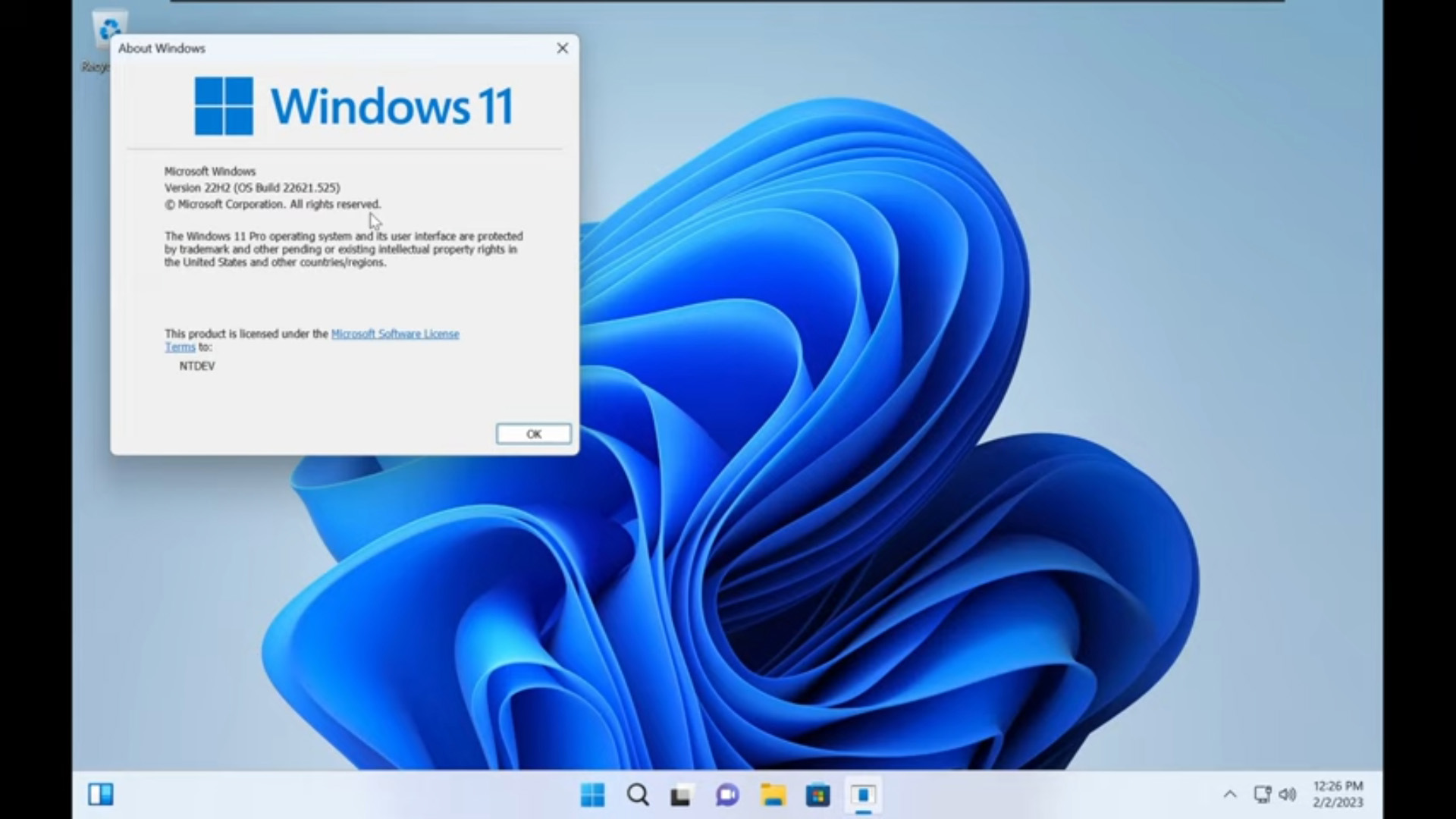 Tiny11 review: Windows 11 with only 2GB of RAM
Tiny11 review: Windows 11 with only 2GB of RAMReview A version of Windows 11 for older machines that don't meet the full requirements
By Nik Rawlinson
-
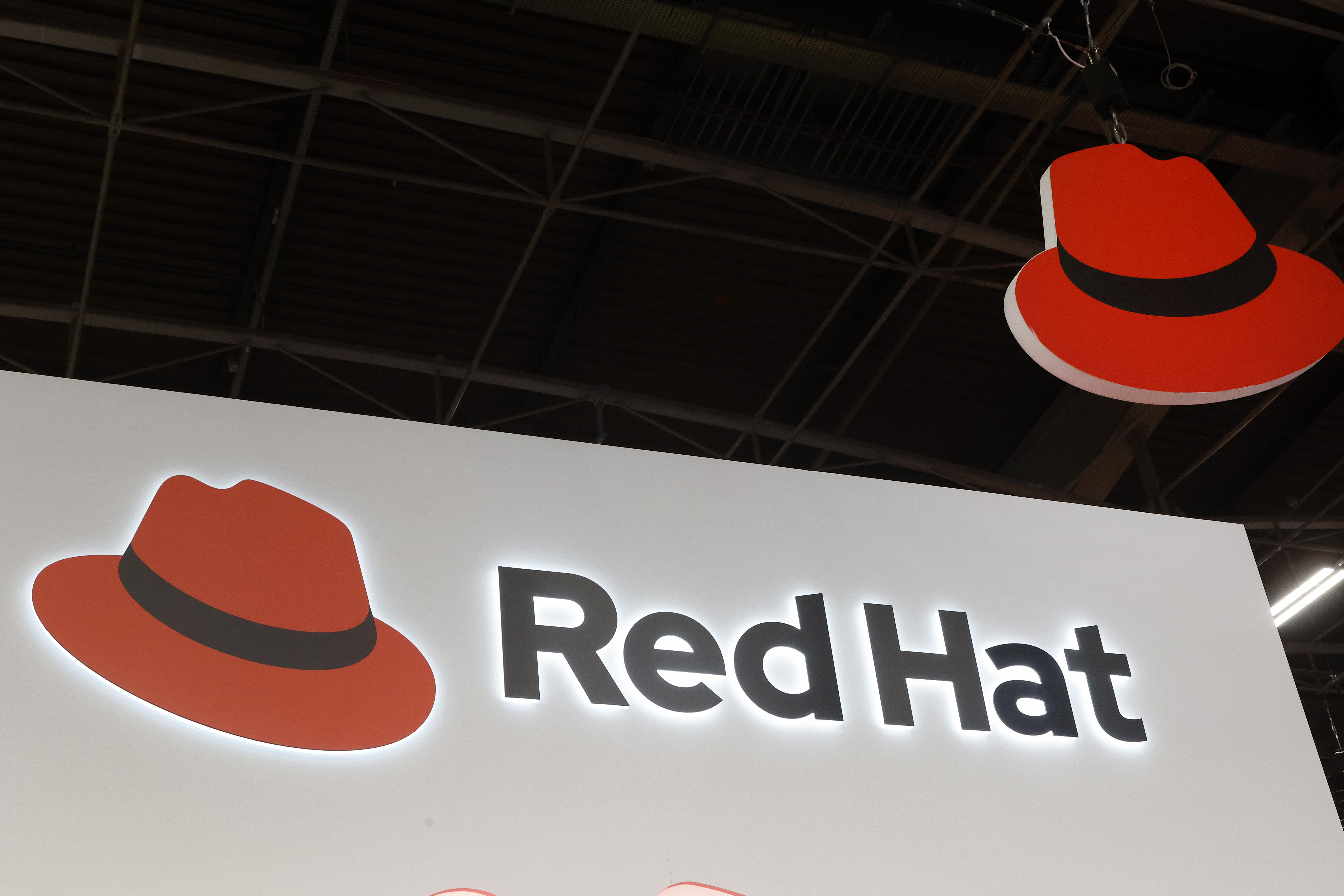 Red Hat Enterprise Linux becomes foundational operating system for Cohesity Data Cloud
Red Hat Enterprise Linux becomes foundational operating system for Cohesity Data CloudNews New strategic partnership between Red Hat and Cohesity aims to drive innovation in the data security and management space
By Daniel Todd
-
 Ubuntu shifts to four-week update cycle
Ubuntu shifts to four-week update cycleNews Critical fixes will also come every two weeks, mitigating the issues involved with releasing prompt patches on the old three-week cadence
By Richard Speed
-
 AlmaLinux follows Oracle in ditching RHEL compatibility
AlmaLinux follows Oracle in ditching RHEL compatibilityNews Application binary compatibility is now the aim with 1:1 now dropped
By Richard Speed
-
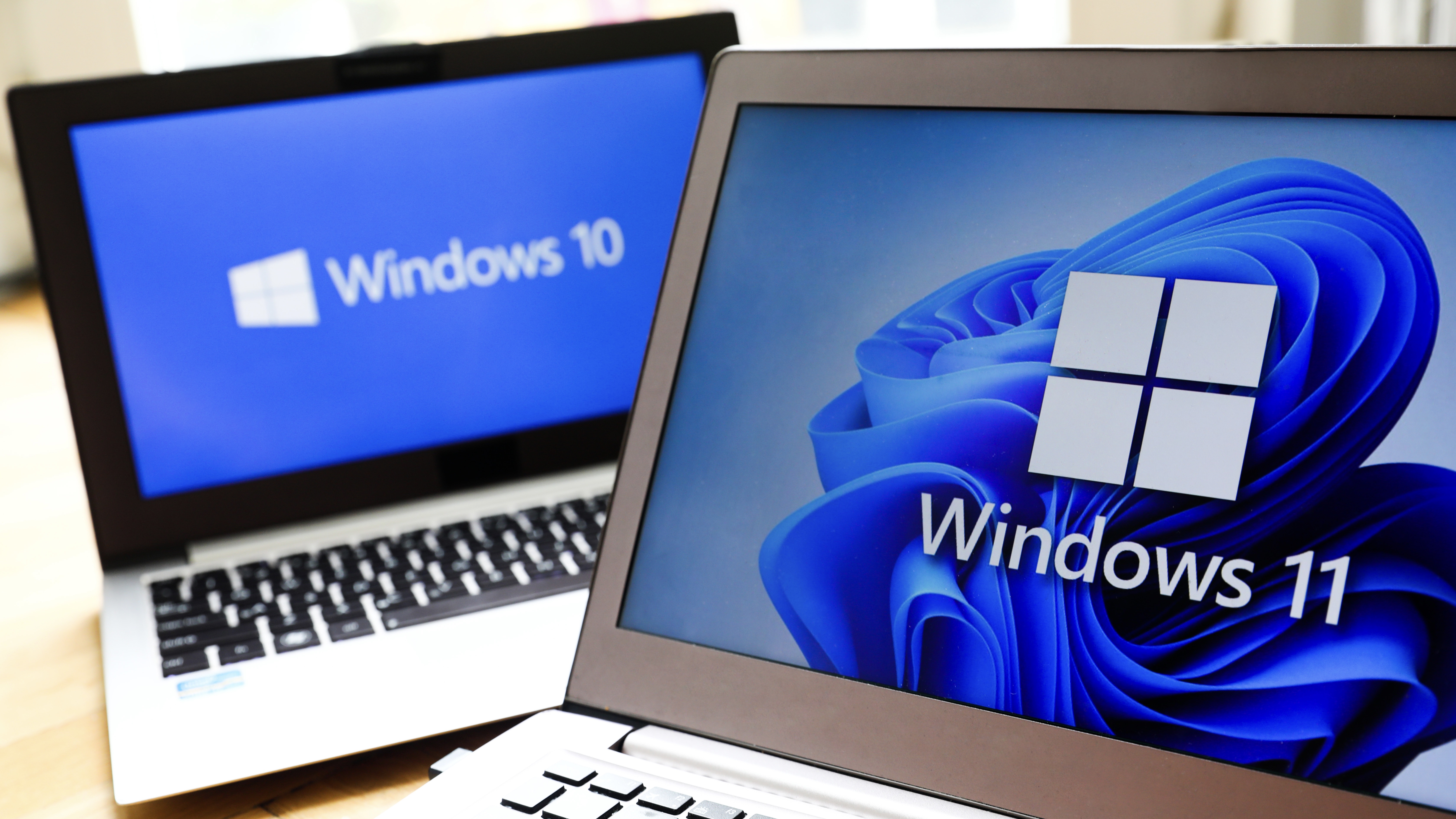 How big is the Windows 10 cliff-edge?
How big is the Windows 10 cliff-edge?ITPro Network With some comparing the upcoming Windows 10 end of life to Windows XP, we ask members of the ITPro Network for their insight
By Jane McCallion
-
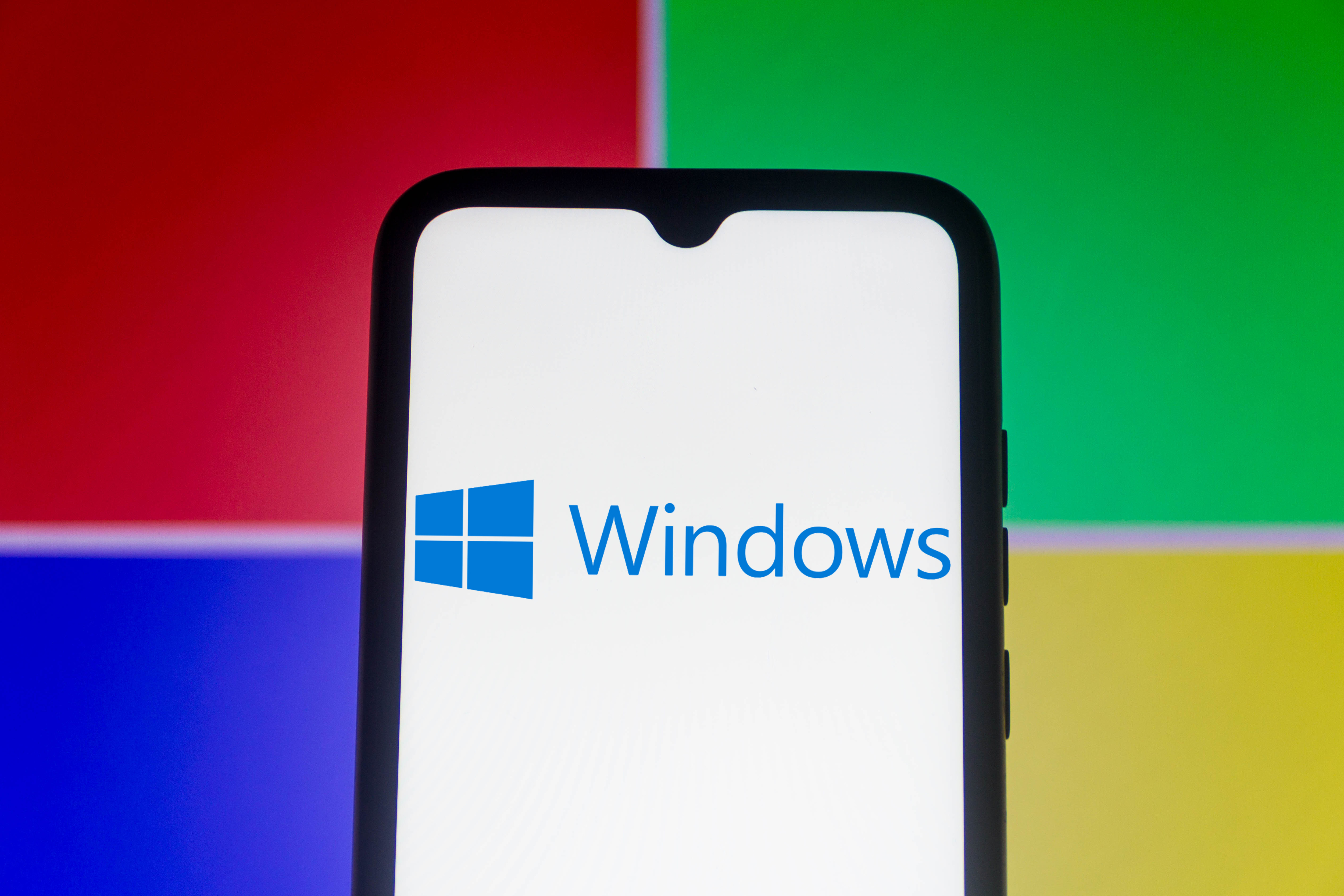 Everything you need to know about the latest Windows 11 updates - from bug fixes to brand-new features
Everything you need to know about the latest Windows 11 updates - from bug fixes to brand-new featuresNews Two new cumulative updates are on the way and will be installed automatically on Windows 10 and Windows 11 machines
By Rory Bathgate
-
 How to download a Windows 11 ISO file and perform a clean install
How to download a Windows 11 ISO file and perform a clean installTutorial Use a Windows 11 ISO to install the operating system afresh
By John Loeppky
-
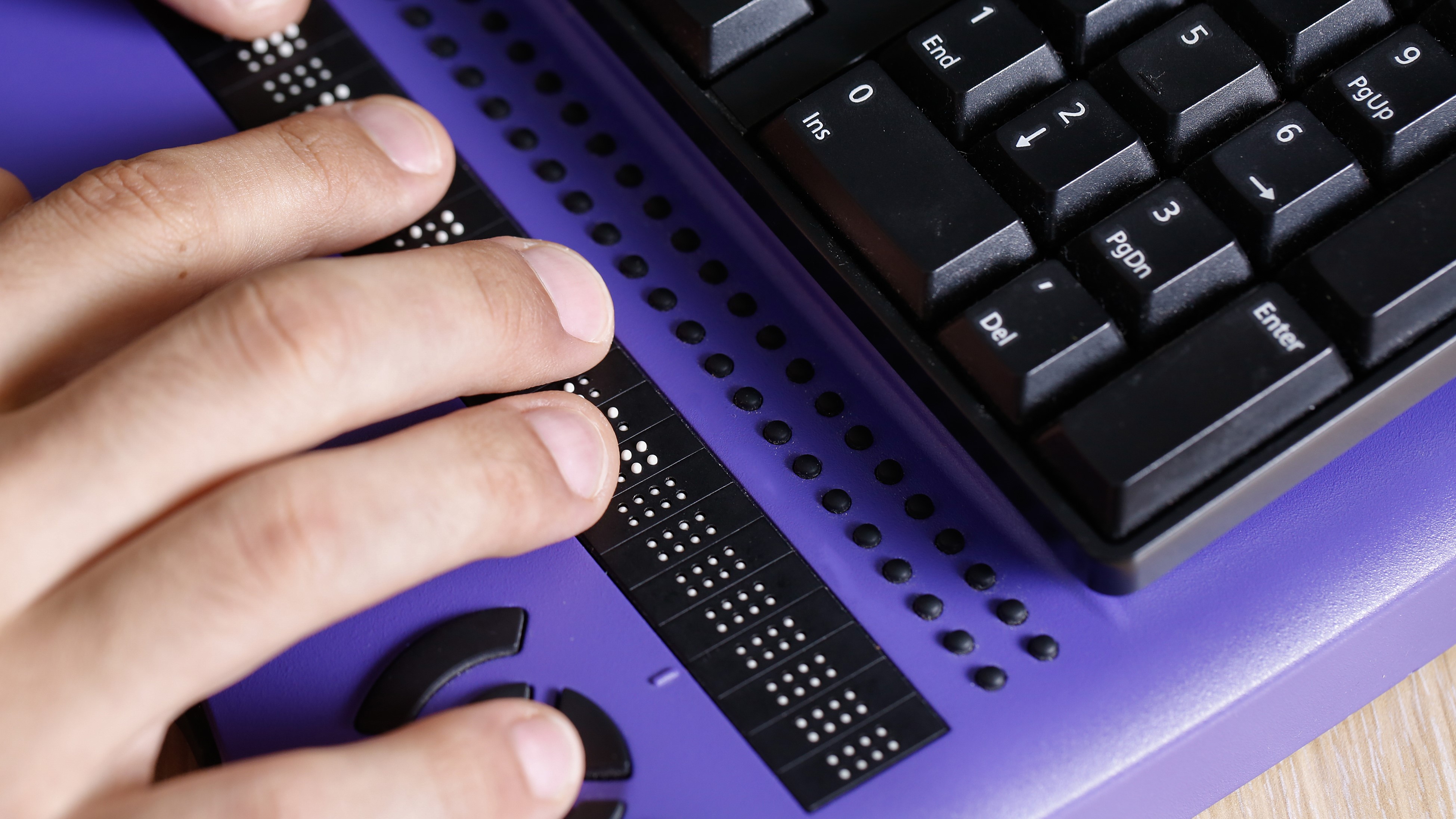 We could all benefit from better Windows and macOS accessibility features
We could all benefit from better Windows and macOS accessibility featuresOpinion Today’s accessibility features can help you work through a nasty injury, but there’s still plenty of room for improvement
By Barry Collins